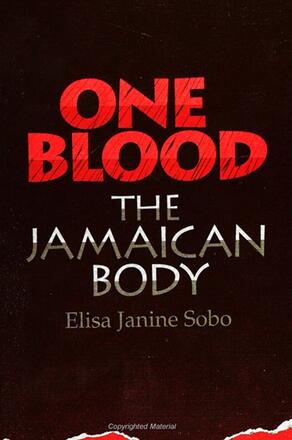
One Blood
The Jamaican Body
Alternative formats available from:
Description
One Blood offers a wealth of ethnographic material, skillfully using traditional Jamaican images and expressions to present a coherent and systematic depiction of the Jamaican body, of how it works and of how health is maintained. Sobo explains some of the more complex issues of medical anthropology in a clear and accessible fashion and shows how gender and kinship tensions are expressed through culturally constructed syndromes. The book explores the ways in which the body serves as a medium for the expression of ideas about the social and moral order. Childhood socializations and ideas about gender relations, kinship, social obligations, sorcery, and deceit are investigated in association with beliefs about nutrition, procreation, sexuality, cleanliness, bodily flow, and sickness.
Reviews
"I like the way the author uses her field data. She works from image and metaphor, everyday language and common expressions, toward a coherent and systematic view of the body and of health and wholeness. She cycles from experience into theory and back again in graceful readable prose. This work takes some of the more complex issues of medical anthropology and puts them in a clear way that is accessible to a wide range of readers. One of the things I especially appreciated was the deftness with which the author let us know who she is and how she interacted with the people she writes about, without making herself a central subject of her work. Given the lively debates about the role of the researcher in the social sciences, this kind of sensitivity is to be appreciated. " — Karen McCarthy Brown, Drew University